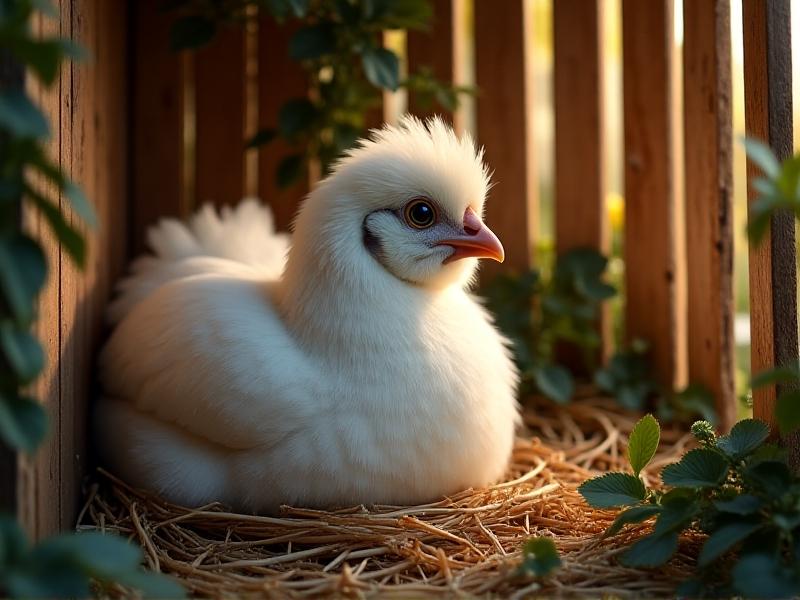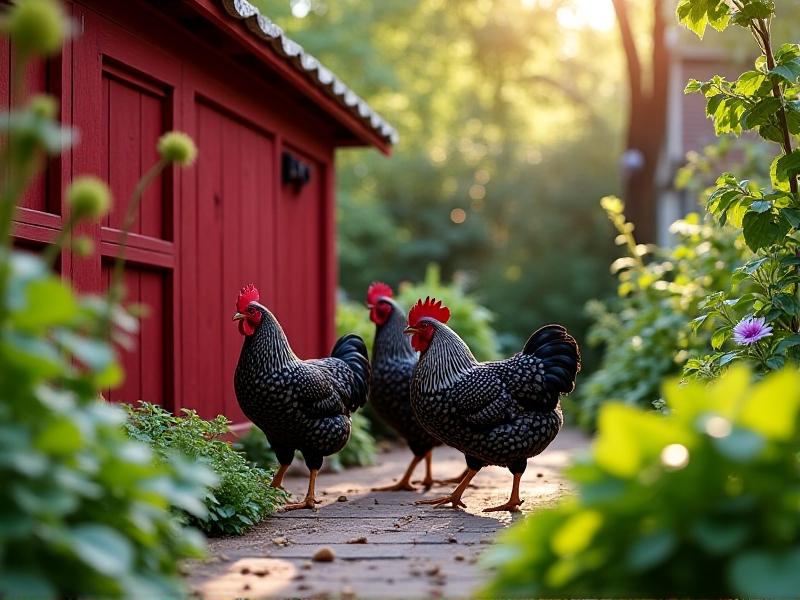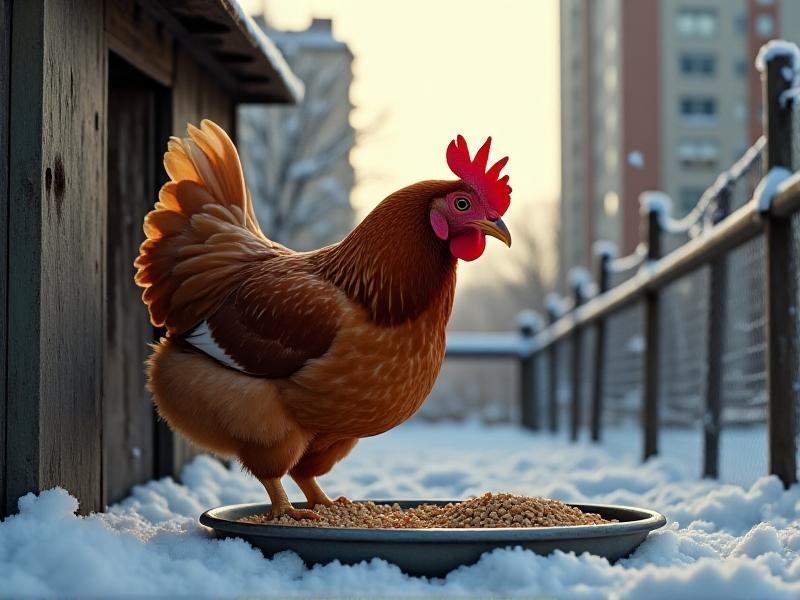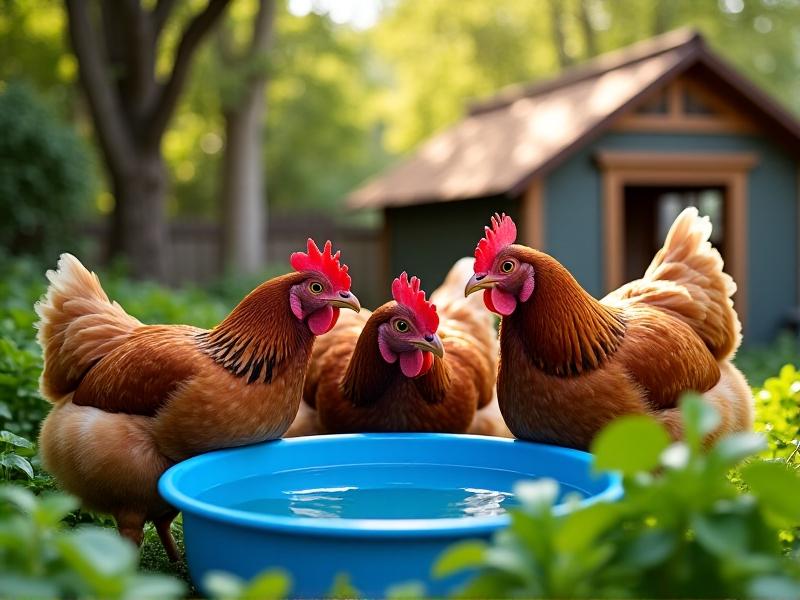Chicken Breeds Perfect for Limited Urban Spaces
The Appeal of Urban Chicken Keeping
Urban chicken-keeping has surged in popularity as city dwellers seek sustainable, rewarding connections to their food sources. Even in limited spaces, chickens offer fresh eggs, natural pest control, and companionship. Their small footprint and low maintenance make them ideal for backyards, balconies, or community gardens. Beyond practicality, raising chickens fosters a sense of responsibility and connection to nature—a rare commodity in bustling cities. Choosing the right breeds ensures harmony between urban living and poultry husbandry.

Top Chicken Breeds for Compact Spaces
Not all chickens thrive in confined environments. Breeds that excel in urban settings are typically smaller, quieter, and adaptable. Bantam chickens, miniature versions of standard breeds, are a top choice due to their tiny size (as small as 1–2 pounds) and gentle personalities. Silkies, with their fluffy plumage and docile nature, are equally popular. Australorps, though slightly larger, are quiet, prolific egg layers. Polish chickens add ornamental flair with their crests but require sheltered coops. Each breed balances practicality with charm.

Bantams: The Pint-Sized Powerhouses
Bantams are the gold standard for urban poultry. Weighing up to 75% less than standard chickens, they require minimal space while laying small but flavorful eggs. Their calm demeanor makes them ideal for families. Popular varieties include the Sebright, known for its laced feathers, and the Japanese Bantam, a decorative breed with short legs. Despite their size, Bantams are hardy and adapt well to confinement, though they appreciate occasional free-ranging in secure areas.
Silkies: Fluffy Companions with a Gentle Touch
Silkies, with their signature fluffy plumage and black skin, are more than just eye candy. Their friendly, almost dog-like personalities make them perfect for interactive pet-keeping. Though they lay fewer eggs (around 3 per week), their broodiness makes them excellent mothers. Their feathers lack barbicels, giving them a silky texture, but they need protection from rain. Silkies thrive in small coops and get along well with children and other pets.

Key Considerations for Urban Flock Care
Urban chicken care hinges on noise control, space efficiency, and hygiene. Roosters are often prohibited in cities, so focus on hens. Opt for breeds with quieter clucks, like Australorps or Orpingtons. Coops should prioritize ventilation and predator-proofing, with elevated designs to maximize ground space. Regular cleaning prevents odors, crucial for maintaining neighborly goodwill. Incorporate automated feeders and waterers to streamline daily tasks.
Designing a Compact Coop and Run
Vertical coops with built-in nesting boxes and roosting bars save space while accommodating 3–4 hens. Materials like cedar or recycled plastic ensure durability. Attach a small enclosed run with chicken wire, or use a movable tractor for rotational grazing. Include dust baths (a mix of sand and diatomaceous earth) to keep parasites at bay. Green roofs or hanging planters blend coops into garden aesthetics.

Navigating Local Regulations and Neighbor Relations
Before acquiring chickens, review municipal codes for flock size limits, coop setbacks, and noise ordinances. Many cities require permits or inspections. Proactively engage neighbors by sharing eggs and educating them about chickens’ low noise and pest control benefits. Address concerns about predators or odors by showcasing a well-maintained coop. Building community support ensures a smoother urban farming experience.
Starting Your Urban Chicken Journey
Begin with 2–3 hens from reputable breeders or rescue organizations. Gradually introduce them to their coop, ensuring access to fresh water, layer feed, and grit. Monitor behavior for signs of stress or illness, and establish a routine for feeding and egg collection. Join local urban farming groups for advice and camaraderie. With thoughtful planning, even the smallest spaces can become thriving poultry havens.








